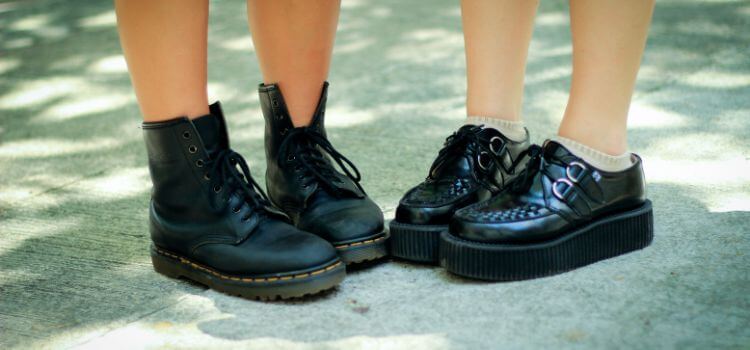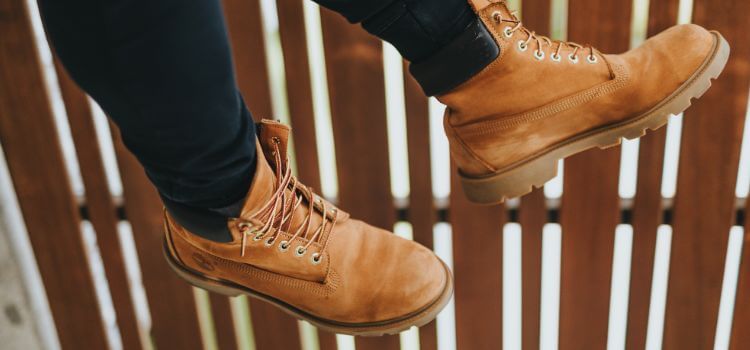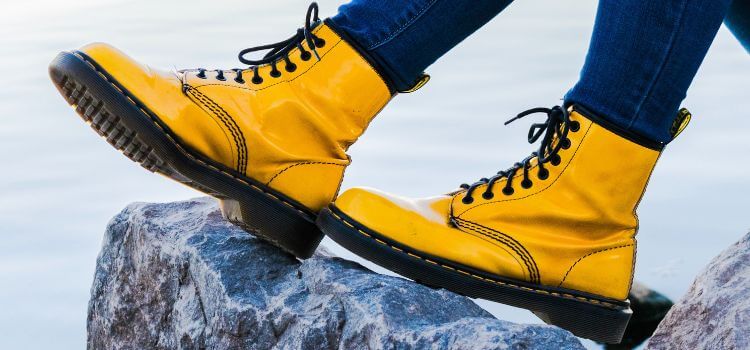As an Amazon Associate, I earn from qualifying purchases
Walking comfortably is a luxury that many take for granted, but for individuals with flat feet, each step can be a challenge. Flat feet, or fallen arches, can lead to various foot-related issues, impacting mobility and overall well-being. Fortunately, orthopedic shoes designed specifically for flat feet have become a game-changer, providing the comfort and support needed to navigate daily life. In this comprehensive guide, we explore the world of orthopedic shoes for flat feet, shedding light on their benefits and how they can make a significant difference in the lives of those dealing with this common foot condition.
Understanding Flat Feet

Flat feet occur when the arches of the feet collapse, causing the entire sole of the foot to come into complete or near-complete contact with the ground. This condition can be genetic, developed over time, or a result of certain medical conditions. Individuals with flat feet may experience discomfort, pain, and an increased risk of other foot-related problems.
The Role of Orthopedic Shoes
Orthopedic shoes are specially designed footwear that focuses on providing support and comfort to individuals with specific foot conditions, including flat feet. These shoes often feature arch support, cushioning, and other structural elements aimed at aligning the foot properly and reducing strain on the muscles and ligaments.
Key Features of Orthopedic Shoes for Flat Feet
1. Arch Support
The primary feature that sets orthopedic shoes apart is their enhanced arch support. This support helps lift the arches of flat feet, redistributing pressure evenly across the foot and promoting a more natural walking gait.
2. Cushioning
Orthopedic shoes prioritize cushioning to absorb shock during walking. This is especially crucial for individuals with flat feet, as the lack of a natural arch can lead to increased impact on the heels and soles.
3. Stability and Motion Control
To counteract overpronation (excessive inward rolling of the foot), orthopedic shoes often incorporate stability and motion control features. This helps in maintaining proper alignment and preventing strain on the ankles and knees.
4. Wide Width Options
Flat feet are often wider, and orthopedic shoes typically offer a range of width options to ensure a comfortable fit for individuals with broader feet.
5. Removable Insoles
Many orthopedic shoes come with removable insoles, allowing individuals to use custom orthotics if needed. This customization adds an extra layer of personalization to address specific foot concerns.
Choosing the Right Orthopedic Shoes

Selecting the right pair of orthopedic shoes for flat feet involves considering individual preferences and the severity of the condition. Unlock the path to informed decisions with these guiding tips:
1. Professional Assessment
Consulting with a podiatrist or orthopedic specialist can provide valuable insights into the specific needs of your feet. They can recommend features to look for in orthopedic shoes based on your foot structure and any existing foot issues.
2. Proper Sizing
Ensuring the correct size is crucial for the effectiveness of orthopedic shoes. Many manufacturers offer size charts and guidelines to help individuals find the perfect fit.
3. Test for Arch Support
When trying on orthopedic shoes, pay attention to the level of arch support. The support should be firm yet comfortable, providing the necessary lift to the arches of the feet.
4. Consider Activity-Specific Shoes
If you have a physically active lifestyle, consider orthopedic shoes designed for specific activities, such as walking, running, or work-related tasks. These shoes are tailored to provide the right support for different movements.
Benefits of Orthopedic Shoes for Flat Feet

1. Pain Relief
One of the most significant benefits of orthopedic shoes for flat feet is pain relief. The enhanced support and cushioning reduce strain on the feet, ankles, and knees, alleviating discomfort associated with flat feet.
2. Improved Posture
Orthopedic shoes contribute to better posture by promoting proper foot alignment. This can have a positive impact on the entire musculoskeletal system, reducing the risk of back and joint pain.
3. Enhanced Comfort
The combination of arch support, cushioning, and stability features creates a comfortable environment for the feet. Individuals with flat feet can enjoy walking without the constant discomfort often associated with this condition.
4. Prevention of Foot Issues
Wearing orthopedic shoes can prevent or mitigate various foot issues associated with flat feet, such as plantar fasciitis, bunions, and shin splints.
Popular Brands and Styles
Several reputable brands specialize in orthopedic shoes for flat feet, offering a wide range of styles to suit different preferences. Some popular brands include:
- New Balance
- Brooks
- Vionic
- Clarks
- ASICS
Styles vary from athletic shoes to casual and formal footwear, ensuring individuals have options for all occasions.
Caring for Orthopedic Shoes

To maximize the lifespan of orthopedic shoes and maintain their effectiveness, proper care is essential.
1. Regular Cleaning
Orthopedic shoes should be cleaned regularly to prevent the buildup of dirt and bacteria. Follow the manufacturer’s guidelines for cleaning to avoid damaging any specialized features.
2. Rotation
If possible, rotate between multiple pairs of orthopedic shoes. This allows each pair to air out and reduces wear on specific areas, prolonging the overall lifespan.
3. Check for Wear
Inspect your orthopedic shoes periodically for signs of wear, especially in areas that receive the most pressure. Replace shoes if the cushioning or support features show significant deterioration.
Conclusion
Orthopedic shoes for flat feet have revolutionized the way individuals with this condition approach daily activities. By prioritizing comfort, support, and alignment, these shoes provide a solution for the challenges posed by flat feet. Investing in quality orthopedic footwear is an investment in foot health, overall well-being, and improved quality of life.
FAQs
- Can orthopedic shoes completely correct flat feet?
- While orthopedic shoes cannot change the natural structure of the foot, they can significantly alleviate discomfort and improve walking mechanics.
- Do I need a prescription for orthopedic shoes?
- In many cases, a prescription is not required. However, consulting with a healthcare professional can help in choosing the most suitable orthopedic shoes for individual needs.
- Are orthopedic shoes only for older individuals?
- No, orthopedic shoes benefit individuals of all ages. They are designed to address specific foot concerns, regardless of age.
- Can I use orthopedic shoes for sports activities?
- Yes, many orthopedic shoe brands offer styles designed for various sports and physical activities.
- How often should I replace my orthopedic shoes?
- The lifespan of orthopedic shoes depends on factors such as usage and care. However, a general guideline is to replace them every 6–12 months or when signs of significant wear appear.
As an Amazon Associate, I earn from qualifying purchases

Leave a Reply